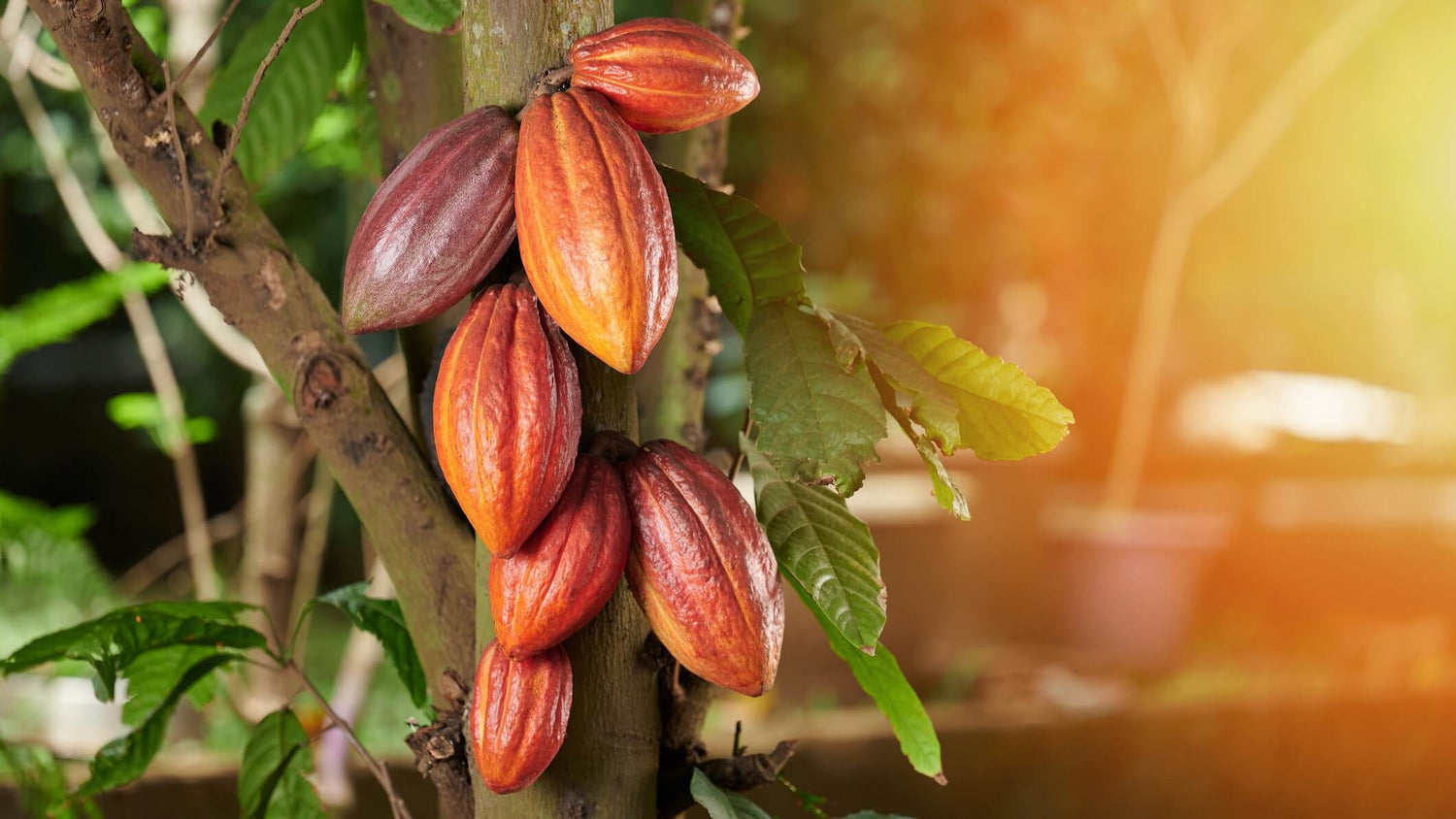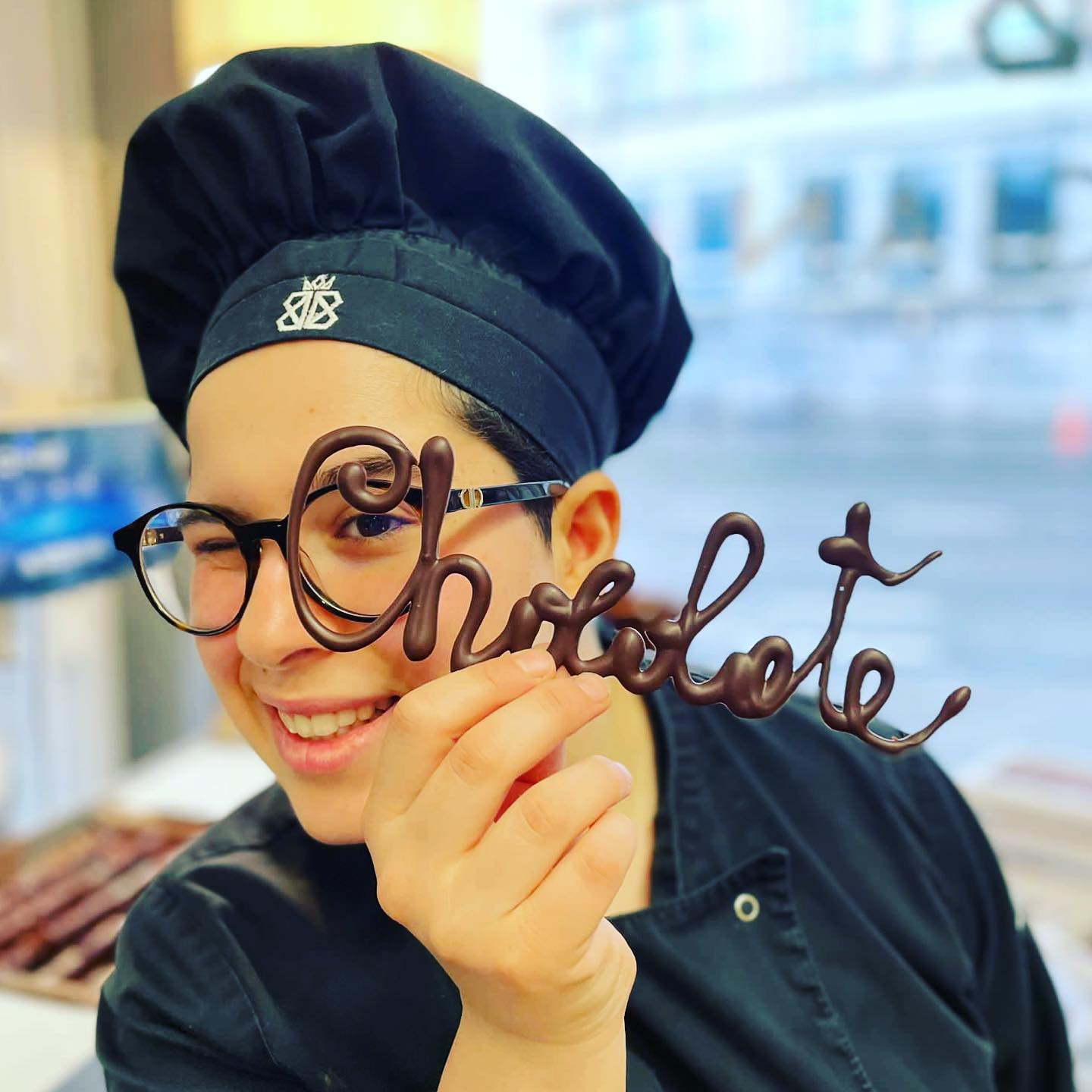News

Stricter EU controls spark auditor shake-ups and slowdowns
Explore how stricter EU organic controls are reshaping cacao certification, causing auditor shortages, testing delays, and new hurdles for producers.

From farm to chocolate bar: how new EU organic rules are reshaping cacao
Explore how the EU’s new organic rules reshape cacao from farm to chocolate bar, impacting farmers, cooperatives, and specialty chocolate makers.

To organic or not to organic
Discover how new EU regulations set for 2025 are reshaping organic cacao production, from smallholder farms to premium chocolate markets.

Our cacao got a true identity
From farm to bar, discover cacao with a true identity, ethically sourced, fully traceable, and crafted into Belgian chocolate that honors farmers, forests, and flavor.

Great chocolate is never made alone
This spirit of solidarity does not stop at origin. In Europe, artisan chocolate makers like us echo these same values, recognizing that collaboration is the key to opening markets, protecting integrity, elevating quality, and driving lasting, positive change.

São Tomé: the chocolate island awakens
Discover São Tomé, the Chocolate Island. From volcanic soils to farmer cooperatives, explore its untapped cacao potential and revival in the premium market.

Chocolate bloom
Ever noticed a white or gray film on chocolate? That’s bloom! Learn the difference between fat bloom and sugar bloom, why they happen, and how to keep your Belgian chocolate flawless.







